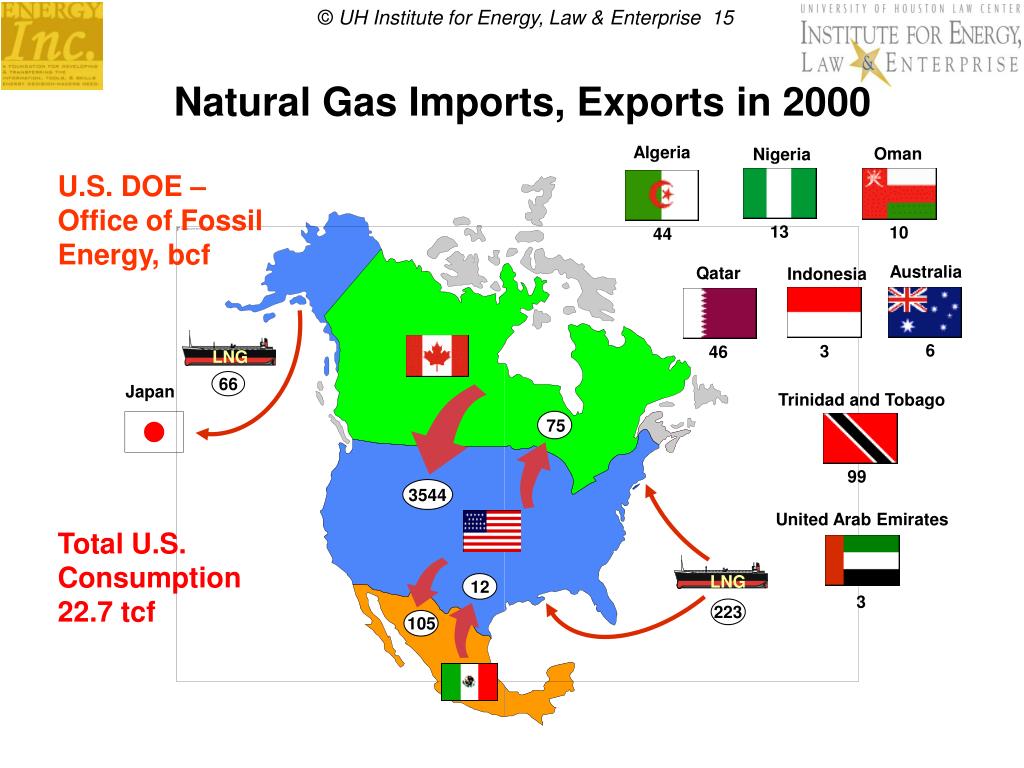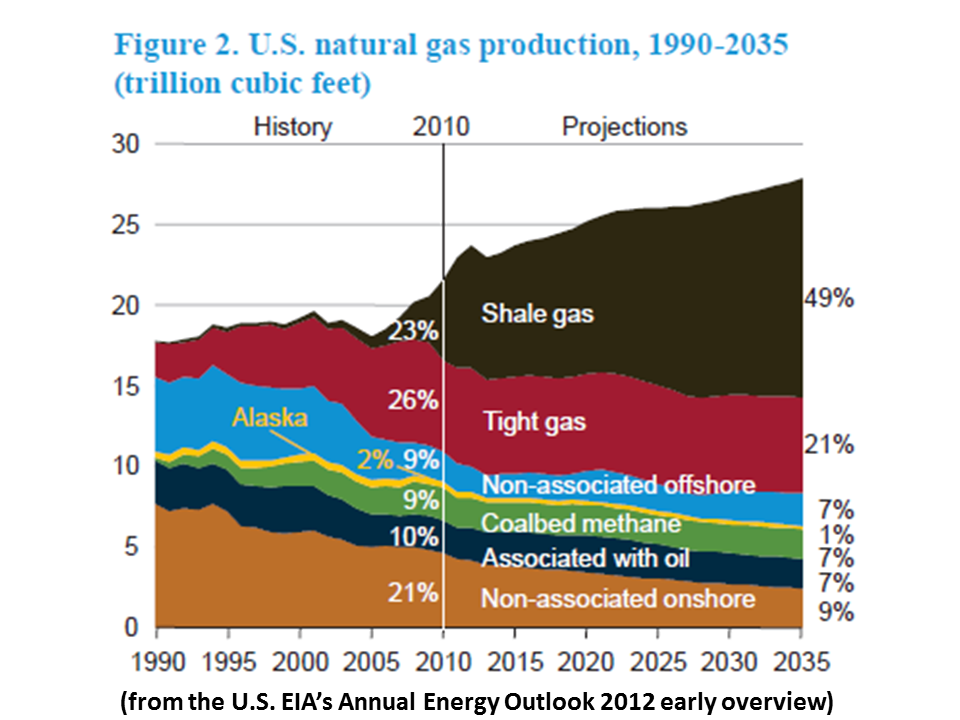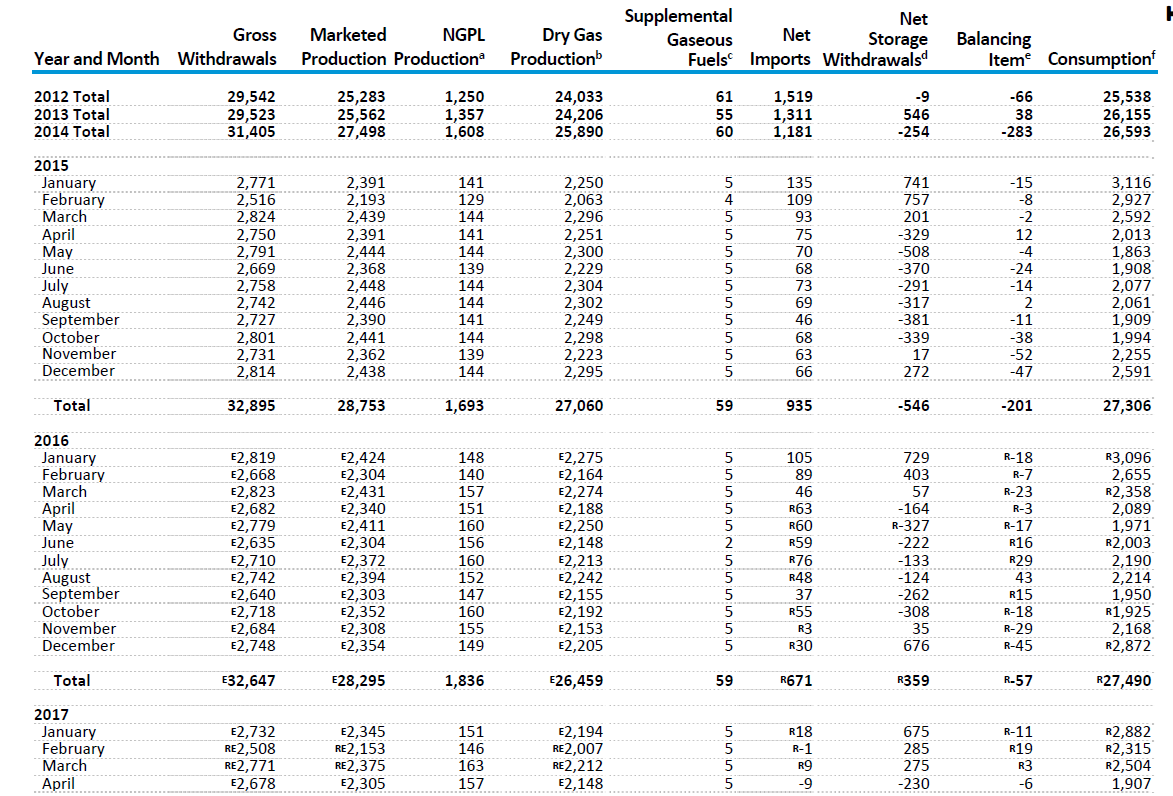


That’s a big deal for countries’ energy security. Liquefied natural gas, commonly known as LNG, can be chilled and safely transported via specialized tanker ships and delivered anywhere with LNG facilities. But now, natural gas can be shipped anywhere in the world if it is converted into liquid form. In the past, producers transported natural gas only through physical pipelines.

A new way to transport natural gasĪnother big change focuses on the way energy companies deliver natural gas to customers. is used in the United States, leaving about 5 percent for export. An estimated 95 percent of American natural gas produced in the U.S. Now that America is producing more of the energy that it uses, the country relies less on imports, increasing energy security. companies to increase shale gas production more than 11 times from 2007 to 2015, according to the most recent analysis available. These techniques helped launch what’s known as the “American shale revolution,” enabling U.S. These unconventional methods are called horizontal drilling and hydraulic fracturing, commonly called fracking. These technologies allowed companies to tap into previously unrecoverable gas and extract natural gas from shale rock formations. Department of Energy helped develop became more widely used in the private sector over the past 10 years. oil and natural gas production.First, techniques the U.S. Giving credit to any president misses the most fundamental underlying reason for the gains in U.S. Hence, we see oil production ironically decline under President Bush and surge under President Obama.ĭifferent presidents would have passed different policies that could make some small impact on overall production, but those would have been dwarfed by the impact due to fracking. Who was president was largely irrelevant. The person most responsible is the late George Mitchell, who is generally considered the “Father of Fracking.” It was hydraulic fracturing that enabled the enormous growth rates of oil and natural gas production over the past 15 years. history? President Obama? President Bush? President Trump? Who then is responsible for what was - at least before the Covid-19 pandemic - the highest oil and natural gas production in U.S. under President Trump at about the same speed it did under President Obama (albeit at a lower growth rate, because the overall volumes were greater). In 20 oil production was increasing in the U.S. Oil production had the largest gain under President Obama of any president, nearly doubling during his tenure.įollowing strong gains from 2009 to 2014, oil production briefly dipped when prices crashed before resumed the climb at the same trajectory. Natural gas production had turned upward a few years prior. oil production had turned sharply upward in 2009, President Obama’s first year in office. In fact, we had achieved that distinction some time in 2013 as the Daily Mail article suggested.īut let’s cut to the bottom line. Thus, in terms of barrels of what the EIA defines as petroleum above, the U.S. also produced 3.3 million BPD of NGLs in 2015, versus 249,000 BPD for Russia and 1.6 million BPD for Saudi Arabia. produced 9.4 million barrels per day (BPD) of crude oil, versus Russia’s 10.8 million barrels and Saudi Arabia’s 10.4 million barrels. production in terms of barrels, in 2015 the U.S. Thus, comparing Saudi Arabia, the U.S., and Russia on the basis of energy instead of barrels gives a different answer, because Saudi Arabia and Russia produce significantly less NGLs than the U.S. But condensate and NGLs have lower energy content than crude oil. The footnote in the graphic above indicates they are including all of these categories in the definition of petroleum. Some fraction of NGLs end up being refined with crude oil and blended into finished products like gasoline. Natural gas liquids include ethane, propane, normal butane, and isobutane. These are lighter hydrocarbons in natural gas that are separated as liquids at natural gas processing plants. The final category is “natural gas liquids”, or NGLs. These liquids are mostly pentane and heavier hydrocarbons, and they are added to crude oil at some stage of processing (which could be the refining stage).

Another is “condensate.” This refers to light liquid hydrocarbons that are recovered from natural gas that is often associated with the oil production. Second, it is important to note how petroleum is being defined.


 0 kommentar(er)
0 kommentar(er)
